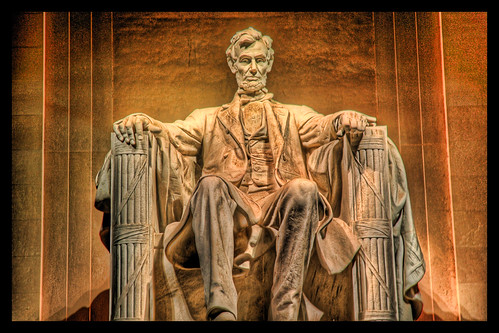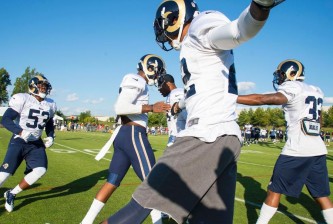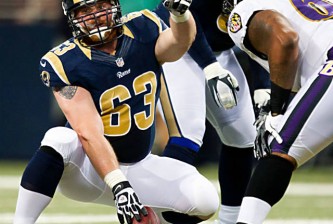
Lincoln cited Matthew 12:25 when decrying the division of the union in 1858:
“Every kingdom divided against itself is brought to desolation; and every city or house divided against itself shall not stand.”
Memo to the NFL owners: there’s a moral to this story.
The latest mantra to emerge from the NFL Players Association in their extended collective bargaining talks with owners has been clear: “Open the books.” In other words, justify your claims of hardship, justify why you need an 18-game season, why you need an extra billion dollars in revenue, why you’re willing to shut down the most successful sport in the country.
Or, to paraphrase Rod Tidwell: “Show us the money.”
It’s a bold piece of rhetoric, one that the players have been asking for for several years, dating back to a 2009 request for full financial info. It’s also one that the owners’ group has steadfastly refused to even consider. But now, as the clock ticks on, cracks appear to be forming in the foundation of their resolve, says CBS Sports’ Mike Freeman.
The stalling in the talks has happened because one set of owners desires to open their books and others do not, a source explains. Thus ownership is stuck trying to find a way to mend these differences.
If ownership can, and the books are opened, a deal could likely be reached quite quickly.
It’s a possibility that several of us were tossing about yesterday, and VanRam from Turf Show Times summarized the situation quite succinctly: “Players are a common enemy for owners now, but real strife could be there between the 2 classes of owners.”
Those two classes are the same two classes that are constantly pitted against each other, in times of conflict or tenuous truce: the haves and the have-nots. Or in the NFL’s case, the large-market versus the small-market owners.
Those two sides have been brought under the same financial tent by the advent of the Salary Cap in 1993, one of the underrated outcomes of the landmark White v. NFL lawsuit that ended the last NFL labor wars. (Related infographic: The last 30 years of NFL labor. Additionally, the NFL has actively promoted its own form of revenue sharing, which helps insulate poorly-performing franchises (like the Rams of the last half-decade) against their own failures. Those two institutions have led to an unprecedented era of league-wide parity and growth, making the NFL a model of success in the sports world — and begging the question as to why it seems poised to unravel.
But as much as the league likes to think about itself as a monolith, 32 teams acting as one operation, we can’t lose sight of the fact that they are in constant competition with each other — for resources, for intelligence, for talent. As part of that competition, those 32 sets of owners know very little about how each other operate. And while opening the books could be potentially embarrassing or legally implicating, it would also represent a massive change in this competitive dynamic. For old-school teams like Al Davis and the Raiders, the line between man and team, financially, has got to be blurry at best; for the new breed of owners, learning the financial secrets of master promoters like Jerry Jones would be a gold mine.
In any standoff, the question of who’s “right” and who’s “wrong” is not nearly as important as which party is more patient, more resolved. It’s a war of attrition, and the group whose foundation crumbles first is the one more likely to concede. And surprisingly, it looks like it’s the “billionaires” that are cracking before the “millionaires” do.






















